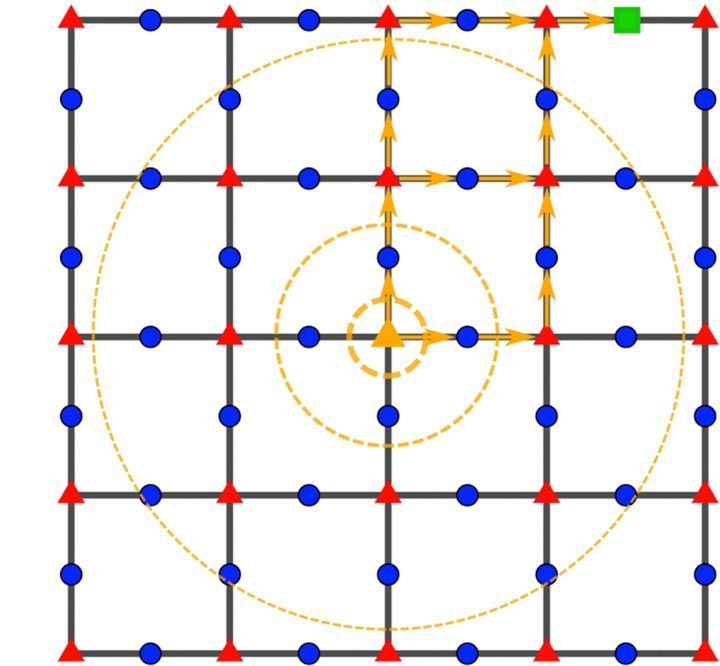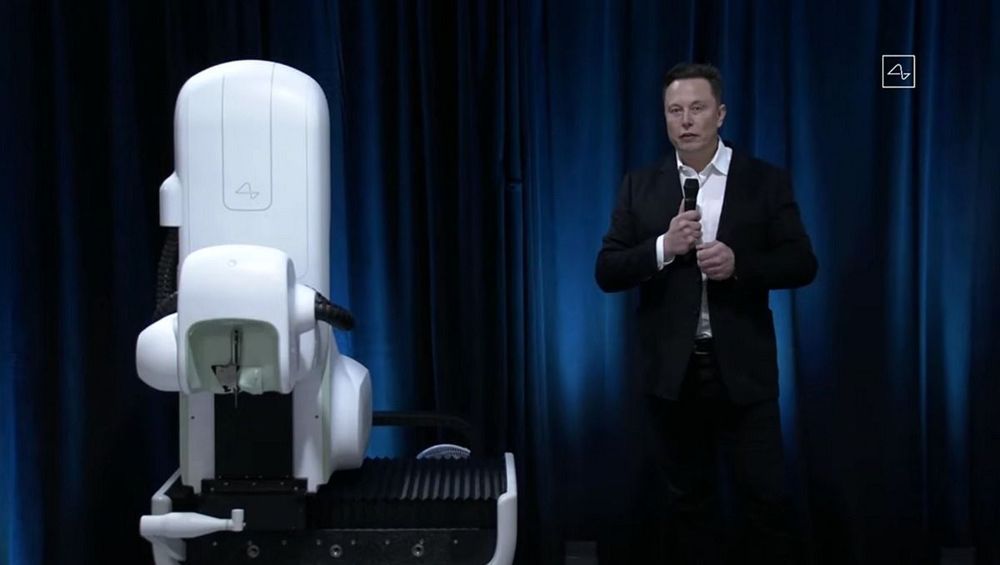Sep 13, 2020
Quantum Leap for Speed Limit Bounds: How Fast Can Anything – Information, Mass, Energy – Move in Nature?
Posted by Quinn Sena in categories: energy, quantum physics
Rice physicists set far-more-accurate limits on speed of quantum information.
Nature’s speed limits aren’t posted on road signs, but Rice University physicists have discovered a new way to deduce them that is better — infinitely better, in some cases — than previous methods.
“The big question is, ‘How fast can anything — information, mass, energy — move in nature?’” said Kaden Hazzard, a theoretical quantum physicist at Rice. “It turns out that if somebody hands you a material, it is incredibly difficult, in general, to answer the question.”

















